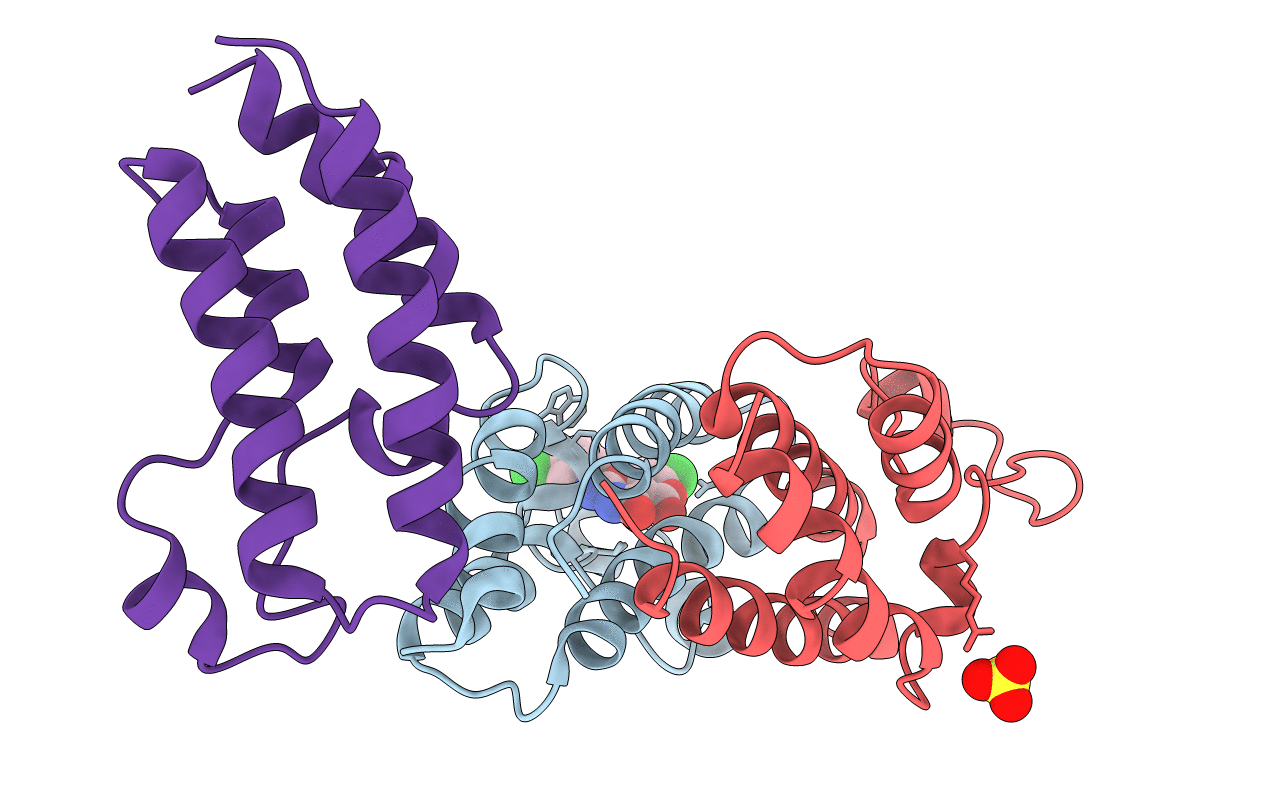
Deposition Date
2021-04-19
Release Date
2022-03-09
Last Version Date
2023-11-29
Entry Detail
PDB ID:
7ENV
Keywords:
Title:
crystal structure of NS5 in complex with the N-terminal bromodomain of BRD2 (BRD2-BD1).
Biological Source:
Source Organism:
Homo sapiens (Taxon ID: 9606)
Host Organism:
Method Details:
Experimental Method:
Resolution:
2.45 Å
R-Value Free:
0.25
R-Value Work:
0.18
R-Value Observed:
0.19
Space Group:
C 1 2 1


